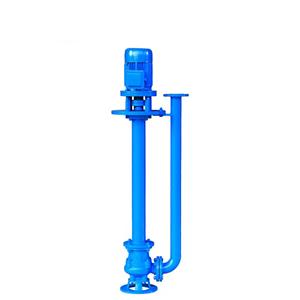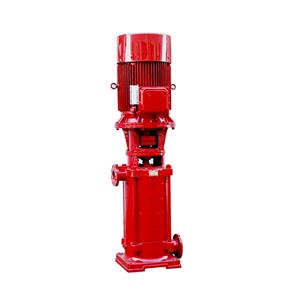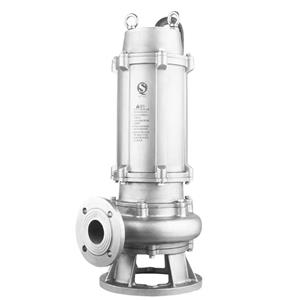Company news
-
The physical layout and space constraints within industrial facilities can present significant challenges when it comes to installing pumps. In many cases, standard - sized and - shaped pumps may not fit into the available space or may not be able to function optimally due to the surrounding infrastructure. This is where custom industrial pumps offer a practical and efficient solution.
-
In today's industrial landscape, environmental sustainability and energy efficiency have become paramount concerns. Many industries are under increasing pressure to reduce their environmental impact and operating costs. Custom industrial pumps offer a means to meet these challenges by being tailored to specific environmental and energy - efficiency requirements.
-
0603-2025
Environmental Adaptability
The environmental adaptability of fire pumps and ordinary pumps varies significantly due to the diverse conditions they may encounter during their operation.
-
0603-2025
Starting Methods and Control Strategies
The starting methods and control strategies of fire pumps and ordinary pumps are tailored to their specific operational needs and the criticality of their functions.
-
When comparing fire pumps and ordinary pumps, their performance metrics reveal significant differences that are essential for their respective applications.
-
The construction and materials used in fire pumps and ordinary pumps are distinct, reflecting their different operating conditions and performance requirements.
-
Pumps are integral to various industries and daily life, with fire pumps and ordinary pumps serving distinct purposes. Understanding their differences is crucial for proper system design and safety.
-
While energy metrics grab headlines, MTBF (Mean Time Between Failures) and failure consequences define real-world pump value. This risk-based analysis contrasts oil and water pumping systems through reliability engineering lenses.
-
Fluid viscosity, often viewed as a hurdle, uniquely shapes pump innovation trajectories. This paper deciphers how oil and water pump engineers turn fluid challenges into tailored solutions.
-
While energy metrics dominate pump comparisons, operational context determines true efficacy. This analysis contrasts the niche advantages of oil and water pumps across industries, emphasizing why “one-size-fits-all” efficiency benchmarks are misleading.




